How to Winterize a Camper to Live In: Checklist, Gear, Hacks
Roughing the winter in your camper doesn’t have to be rough. You’re only a few steps away from enjoying winter in your camper—rather than enduring it.
To winterize your camper for full-time winter living, you can make a few essential preparations. Make sure you keep the wet bay above freezing. Insulating exterior pipes and vents will help. Remember, the windows aren’t rated for the cold, so you’ll want to insulate the vents and windows.
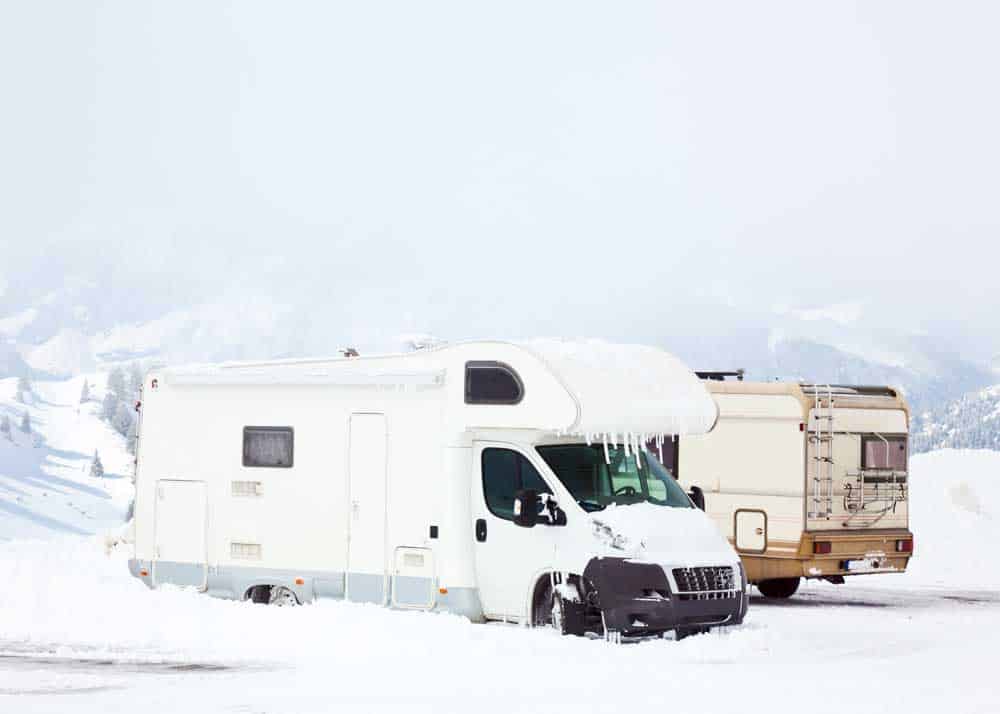
By taking these precautions, you can avoid costly damages, survive freezing temperatures, and live cozily all winter long.
So if you want to live in your RV rather than store it this winter, follow this ultimate guide for winterizing your camper like a pro!
Prepare for Cold Winters While Living in a Camper
The most common winter-related issue for campers is water damage. These issues arise when the water systems freeze and moisture builds up in the interior.
To err on the side of caution, you want to prep both the interior and exterior of your camper before winter starts.
It’s best to address small problems before the cold weather hits (really, it’s no fun to fix damaged parts in freezing weather).
All camper owners—even those with four-season RVs—will tremendously benefit from using our winterization guide.
You will save yourself time, money, and warmth by taking the following measures to prevent:
- Water damage,
- Frozen tanks
- Broken pipes
Learn about managing propane in the winter.
How to Winterize the Camper Exterior
Preventing exterior leakage and freezing are your top priorities for your camper.
Even if your camper has a heated and closed wet bay, you should still take these steps to avoid damage from cold weather exposure.
Safety prerequisites:
- Shut off electricity and water pumps
- Allow your water heater to cool completely
Take the following steps to prepare your exterior for the wear and tear of winter:
- Inspect the roof for leaks and reseal any cracks.
- Drain the water system. In the following order, drain and sanitize the fresh, black, and grey water tanks.
- For the freshwater tank, open all faucets and drains. Flush the toilet until all water is drained.
- Emptying your grey water after your black water helps clean your drainage hoses and clear blockages.
- Inspect and prep the water system. Inspect the pipes and tanks during draining. Repair any leaks or cracks.
- Fill the freshwater tank.
- Add RV antifreeze to the black water tank.
- Wash and wax your camper. This is optional but highly recommended if you’re going to encounter harsh elements.
- Place covers on exterior vents. This includes skylights and A/C units.
- Insulate exposed pipes, water lines, and hoses with heat tape or insulating foam.
- Warm and insulate the water tanks.
- If your wet bay is enclosed, install a small heater or heat lamp. If there already is a heater, make sure you leave it on when temperatures drop to freezing.
- When stationary, skirt your camper.
- (Optional) Insulate slide room floors by taping a sheet of foam to the underside.
- Apply lubricating oil to exposed metal, like:
- Bolts, joints, and latches
- Stairs, frames, and chains
More reading: 8 Way to Get Ice off Windshield
How to Winterize the Camper Interior
No one wants to feel a draft or live with dripping windows. It’s important to take care of your interior to keep warm and dry during the cold months.
Optional Prerequisites:
- Clean the interior
Take the following steps to prevent drafts and condensation:
- Insulate the windows and doors. Apply heat shrink to the windows and heat tape around the door frame.
- (Optional) Install a draft snake.
- (Optional) Remove the frames on the windows and door and spray the gaps with insulating foam. Re-attach the frames after the foam cures.
- Insulate interior vent holes with foam pillows.
- Dehumidify. Keep a dehumidifier running to prevent moisture build-up. We recommend keeping one:
- In your main living area.
- In the bathroom.
- (Optional) Install thermal curtains on the windshield and windows.
- (Optional) Insulate the floors with rugs and/or foam floor tiles.
More reading: Stop Windows from Fogging Up in Your RV
10 Winterizing Camper Hacks
Here are some expert tips to make your full-time winter camping as smooth as possible:
- Use the sun to your advantage. When it’s time to stop, maximize your sunlight exposure by parking your camper in an open area. The sun’s rays will provide a natural heat source so you can save on electricity or propane during the day.
- Use space heaters, not your HVAC, to heat your interior when temperatures drop below freezing. Using your HVAC below freezing temperatures may cause the system to break. Here are heaters we recommend for heating tents but will also keep you toasty in an RV.
- Drain your waste water tanks only when they are at full capacity. Otherwise, the contents of your holding tank may freeze while draining.
- Detach your hoses from the holding tank valves when not in use.
- Insulate the water line to your fridge. This is an often overlooked component that is prone to freezing and cracking. Knowing how your RV fridge works is important if you’ll be living in your camper.
- Keep extra water on hand to pour down the toilet and drains to help combat freezing during peak cold times.
- Use sleeping bags or electric blankets when you sleep.
- Have tire chains ready for use if you have to drive through snowy or icy roads.
- Check your RV park rules before doing any DIY winterization. While some parks allow campers to DIY their winter rigs, others have strict rules against it.
- Don’t be afraid to ask your fellow camper-dweller for help. It’s how we learn, and we want all campers to enjoy the adventures of camper living.
By combining these hacks with the above preparations, you and your camper will be ready for whatever the frosty weather has for you!
More reading: How to Heat a Camper Without Electricity (6 Easy Ways)
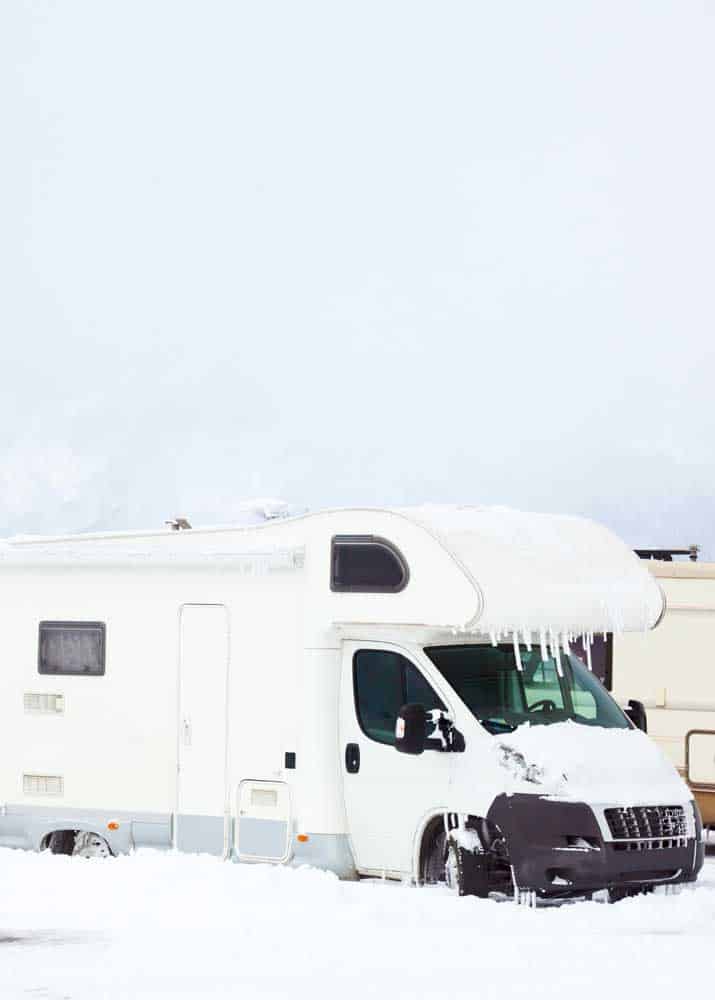
Read more: 16 Step Checklist to Winterize Your RV Camper
5 Reasons to Live in a Camper During Winter
We have various motivations for maintaining livable conditions in our campers during wintertime. For some, it comes from the necessity of work and making ends meet.
For others, it’s a matter of freedom. For all, it’s from a desire to live adventurously, even if for a short while.
You may want to live in your camper during winter so you can:
- Have an inexpensive place to live while performing contract work
- Generate passive income by renting to tenants
- Provide a private space for house-guests
- Vacation to rugged destinations
- Live a truly nomadic lifestyle
Whether by want or necessity, you can winterize your camper without sacrificing your comfort, health, or budget.
Be sure to read the following Essential Winterization Gear for Camper Living checklist to make sure you have everything you need to be ready for chilly camper living!
Here’s how to thaw frozen RV pipes.
Essential Winter Gear for Camper Living
It’s time to gather your materials and get started. Winter is coming and there’s not a moment to lose!
Exterior Materials Checklist
The following links will take you to products we recommend on Amazon.
- RV water tank antifreeze (non-toxic)
- Insulated vent covers
- Pipe heat tape
- Pipe insulating foam
- Small portable heater or heat lamp
- RV skirt
- Slide room foam board
- Lubricating oil
Interior Materials Checklist
- Window heat shrink
- Heat tape for the door
- Door draft snake
- Insulating spray foam (for windows and doors)
- Vent foam pillows
- Dehumidifier
- RV windshield and window thermal curtains
- Rugs
- Space heaters
More reading: 14 Winter RV Camping Tips
For more winter camping inspiration, you might want to check out RV Inspiration and The Crazy Outdoor Mama.
Because you’ll be living in your RV, you might consider personalizing it a little. Here’s how much it costs to wrap your RV.
The Call of Winter RV Life Awaits You
Being cold during winter is old news. Being warm and prepared is trending. You’ve learned how to:
- Winterize your camper—inside and out,
- Anticipate common winter issues, and
- Prevent cold weather damage.
Now it’s time to take charge of the rugged winter, open road, and challenging elements. Happy camping!

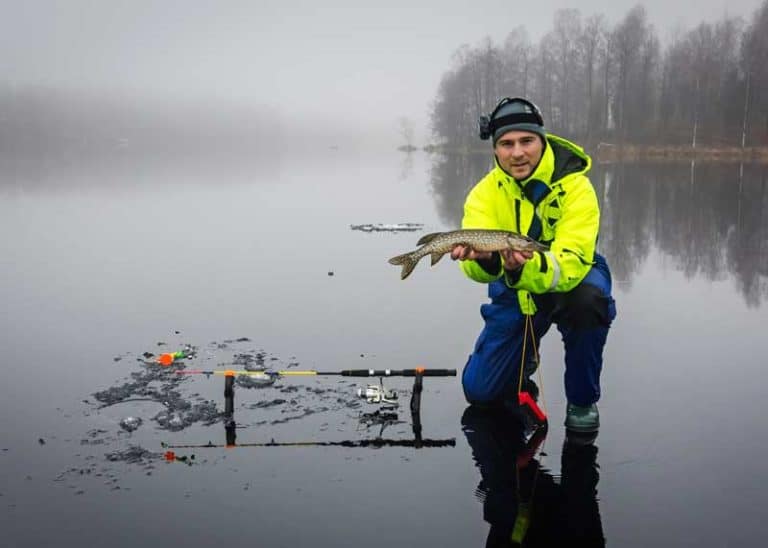
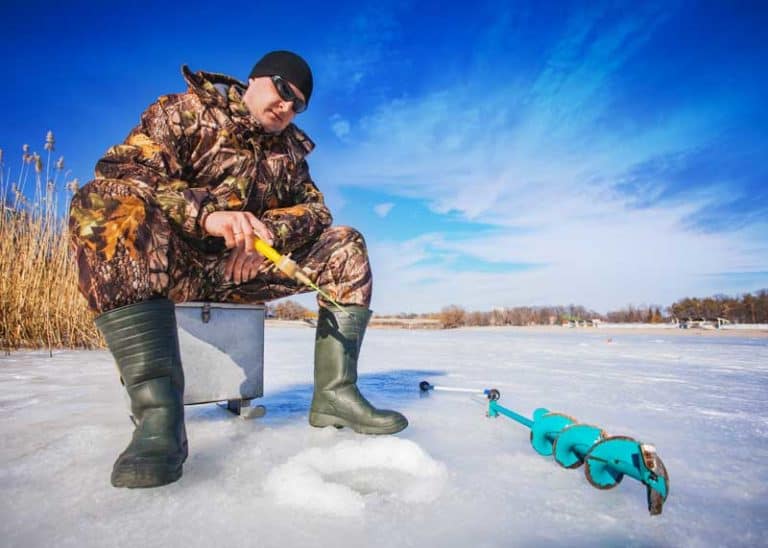
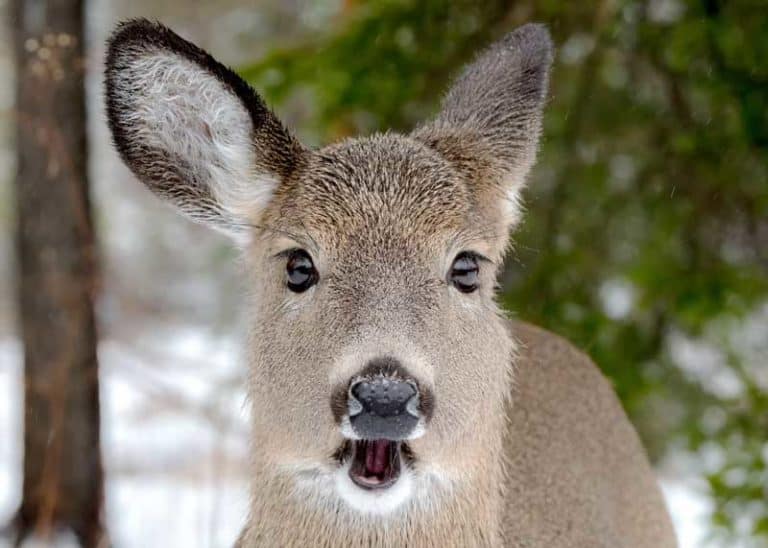

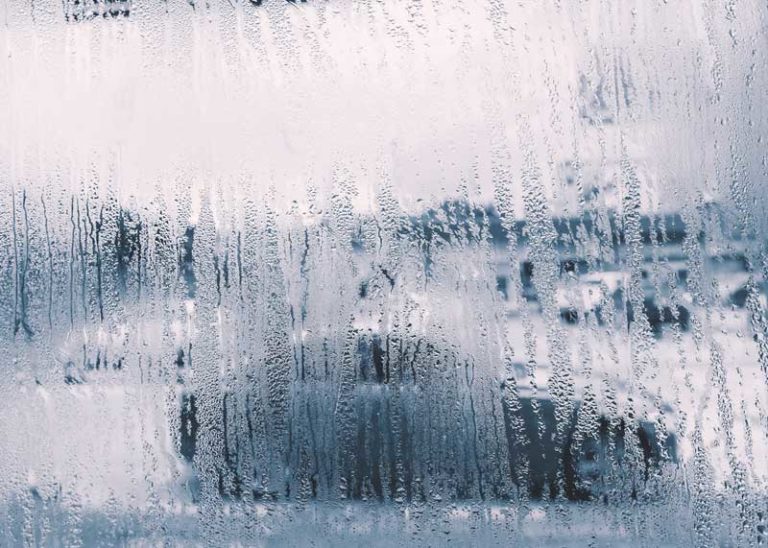
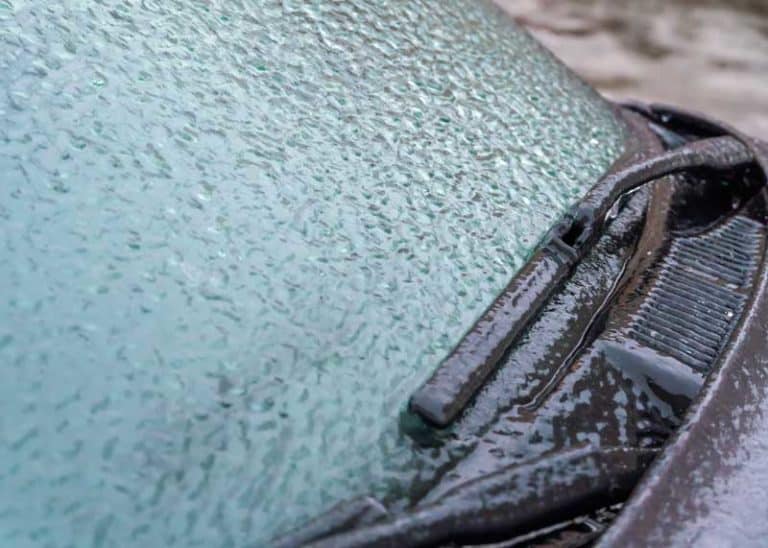
I love my RV. It’s old but it’s mine and I own it